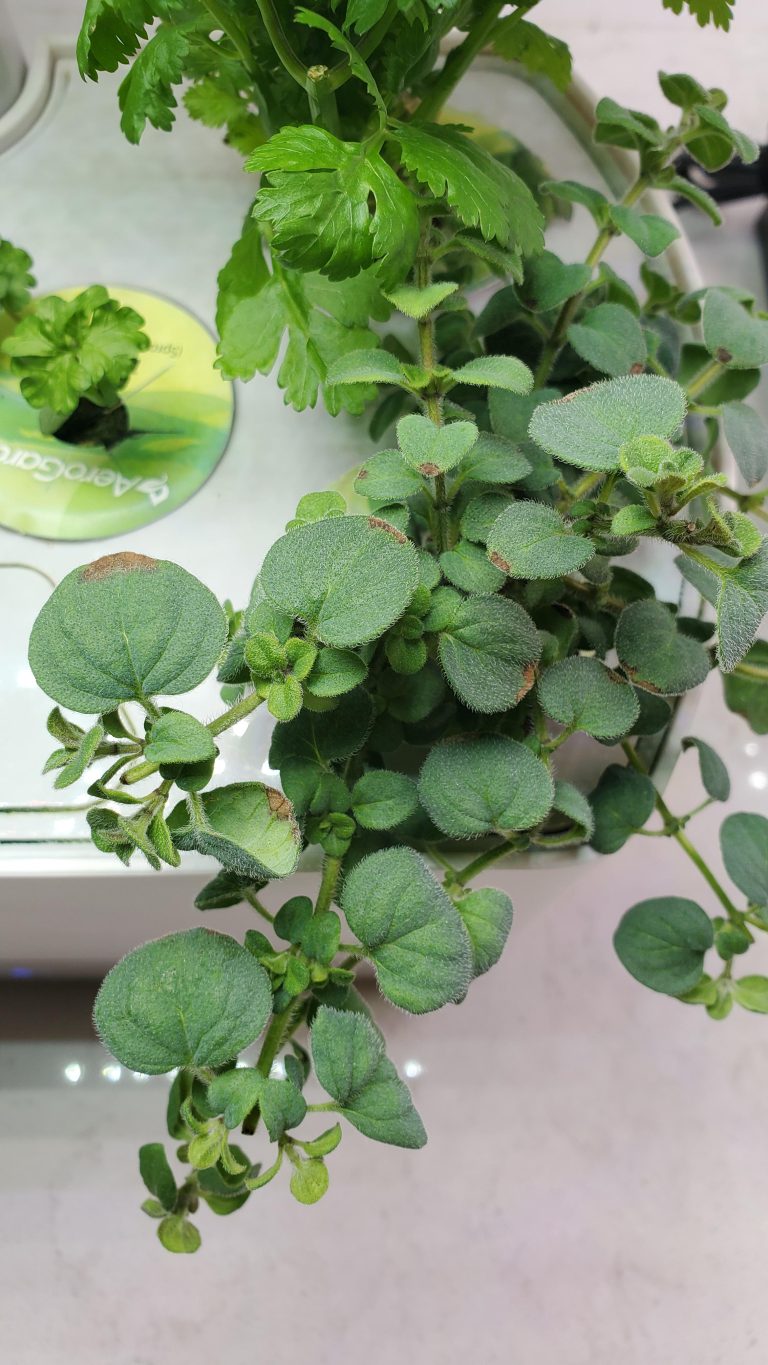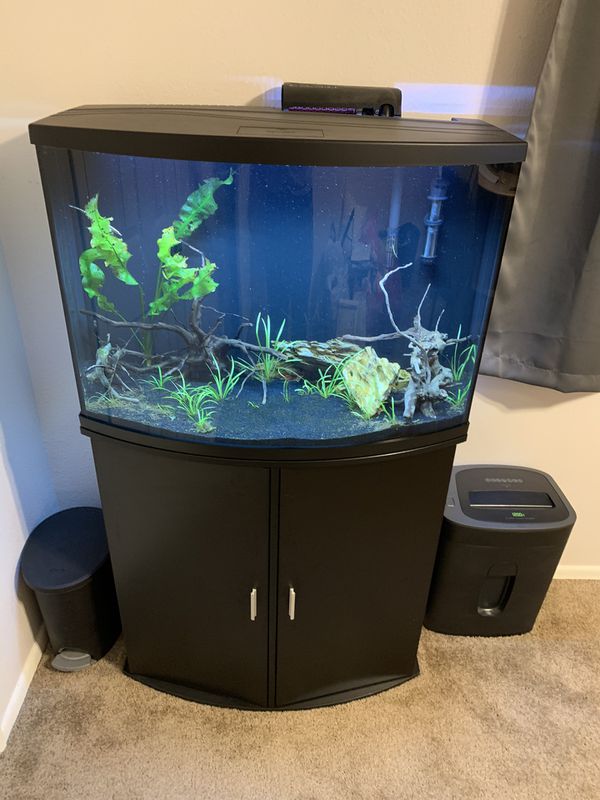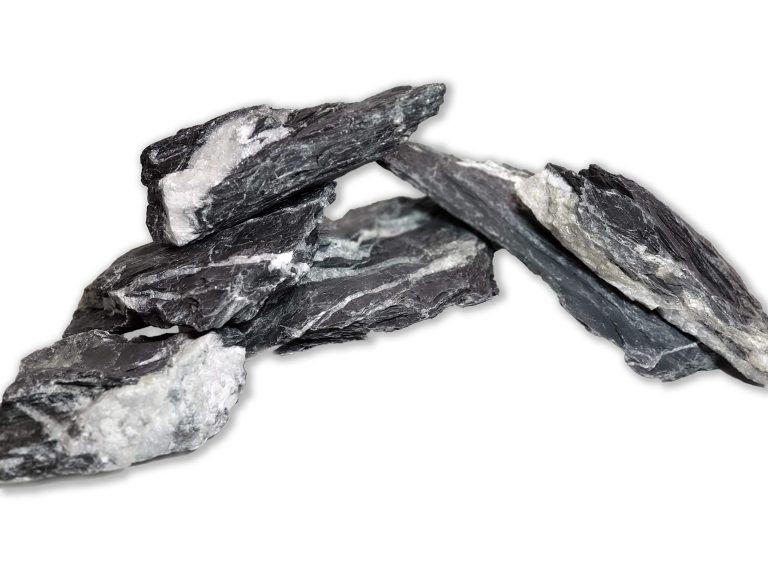Uncovering the Mechanism: How Do Sponge Filters Work?
Sponge filters work by providing a large surface area for beneficial bacteria to grow, which then help to remove harmful toxins and debris from aquarium water. Aquarium owners often use sponge filters in their tanks because they are affordable, low-maintenance, and effective at keeping water clean.
The way that sponge filters work is relatively simple. Water flows through the sponge material, which is porous and allows for the growth of beneficial bacteria. These bacteria work to break down waste and debris in the water, resulting in a cleaner and healthier environment for fish and other aquatic life.
Additionally, sponge filters can also be used to create aeration in the tank. Overall, sponge filters are a great option for aquarium owners who want a reliable and cost-effective way to keep their water clean and healthy.

Credit: www.medicalnewstoday.com
What Are Sponge Filters And How Do They Operate?
Sponge filters are an essential component of an aquatic ecosystem, especially in aquariums and fish tanks. But how do they work, and what makes them so crucial? We will explore what sponge filters are, how they function, and the key aspects that make them an in-demand tool for aquarium enthusiasts.
Definition Of Sponge Filters And Their Physical Characteristics
Sponge filters are a type of biological filter used in an aquarium. A sponge filter consists of a porous sponge that lets water flow through it while capturing debris and particles. The sponge filter is connected to an air pump that creates bubbles, which pass through the sponge filter and create a gentle water flow.
Some of the physical characteristics of a sponge filter are:
- Small and compact design
- Lightweight
- Economical
The Biological Mechanism Behind Sponge Filters
The sponge filter’s primary function is as a biological filter. Biological filters are an integral part of the nitrogen cycle, where bacteria help break down harmful ammonia and convert it into less toxic substances such as nitrate. Sponge filters provide a surface area for beneficial bacterial colonies to grow, which aids in the breakdown of ammonia and other waste produced in the aquarium.
The sponge filter also acts as a physical barrier, capturing debris and particles that can cause water quality issues in the aquarium.
Some of the biological mechanisms behind sponge filters are:
- Beneficial bacteria colonies
- Nitrogen cycle
- Physical barrier to debris
How Does The Sponge Filter’S Design Affects Its Functionality?
The sponge filter’s design can significantly impact its effectiveness in an aquarium. The size and shape of the sponge filter, as well as the sponge’s porosity, are crucial factors in determining its efficiency.
Some of the aspects of sponge filter design and their impact on its functionality are:
- Size and shape: A larger sponge filter can hold more beneficial bacteria and can handle a larger aquarium. A compact and uniquely shaped sponge filter can be used in smaller aquariums or aquariums with specific requirements.
- Porosity: A sponge filter with less dense foam can allow for more water flow and oxygen exchange. A denser foam, however, can capture more particles and debris.
- Cleaning: Regular cleaning is necessary to maintain the sponge filter’s effectiveness. Failure to clean the filter can lead to clogging and disrupt the biological and physical mechanisms.
Sponge filters are an essential component in aquariums, especially for maintaining optimum water quality. The physical and biological mechanisms behind the sponge filter’s design are critical factors in its functionality. Aquarium enthusiasts must choose the right sponge filter that best suits their needs and aquarium size.
What Are The Pros And Cons Of Using Sponge Filters Compared To Other Filtration Systems?
Sponge filters are a popular choice for aquarium enthusiasts. They work by drawing water through a sponge, which traps debris and provides a home for beneficial bacteria to grow. If you’re considering using a sponge filter in your aquarium, it’s important to weigh the advantages and disadvantages compared to other filtration systems.
Let’s take a closer look.
Advantages Of Sponge Filters
- Affordable: Sponge filters are typically less expensive than other types of filters, making them an excellent choice for those on a budget.
- Easy to clean: Sponge filters are straightforward to clean, and the maintenance process is relatively simple. You can clean them by rinsing them off with water, and you don’t need to replace them as often as other filters.
- Gentle filtration: Sponge filters don’t have a strong current, so they won’t stress out your fish or harm delicate plants. This type of filtration is ideal for shrimp and fry, as it won’t suck them up or harm them.
- Excellent biological filtration: The sponge filter’s sponge is an ideal home for beneficial bacteria. These bacteria break down harmful chemicals like ammonia and nitrite, which helps to keep your aquarium clean and healthy.
- Suitable for breeding: Because sponge filters are gentle and don’t suck up small fry or eggs, they are an excellent choice for breeding tanks.
Disadvantages Of Sponge Filters
- Limited mechanical filtration: Sponge filters aren’t as effective as other filters when it comes to trapping debris. While they will remove solid particles, they won’t catch everything.
- Less efficient than other filters: Sponge filters are less efficient than other types of filters, and you may need to perform more frequent water changes to keep your tank clean.
- Large size: Sponge filters can take up a lot of space in your aquarium, so they may not be practical for smaller tanks or those with limited space.
- Noisy operation: Some sponge filters can be noisy, especially if they are not properly sized for your aquarium. If you’re sensitive to noise, you may want to choose a different type of filter.
- Limited aesthetic appeal: Sponge filters are not as visually appealing as other types of filters and can look bulky and distracting in an aquarium.
Sponge filters can be an excellent choice for aquarium enthusiasts who are looking for a budget-friendly, gentle filtration system. While they have their limitations, sponge filters are a reliable and effective option for biological filtration in your aquarium.
How To Select And Set Up A Sponge Filter For Your Aquarium?
Sponge filters are an excellent addition to any aquarium, especially if you want to maintain a healthy environment for your fish. These filters use natural processes to purify your tank’s water, effectively removing harmful toxins and waste particles. In this post, we’ll explore how to select and set up a sponge filter for your aquarium.
Factors To Consider When Choosing A Sponge Filter
Before you purchase a sponge filter for your aquarium, there are several factors you should consider. Keep the following points in mind to ensure you select the right sponge filter for your aquarium:
- Tank size: The sponge filter you choose should be appropriately sized for your aquarium. A filter that’s too small won’t be effective, and one that’s too large could cause excessive water movement.
- Fish species: Different fish species produce different amounts of waste, so you’ll need to choose a sponge filter that is appropriate for the number and type of fish in your tank.
- Filter type: There are different types of sponge filters, including corner filters, box filters, and cylindrical filters. Choose one that is ideal for your aquarium’s size and set up.
- Water flow: Sponge filters use air pumps to move water through the filter, and it’s essential to select a filter that has a water flow rate suitable for your tank size and fish species.
- Maintenance: Choose a sponge filter that’s easy to clean and maintain.
Steps To Properly Set Up A Sponge Filter
Once you’ve selected a sponge filter, it’s time to set it up properly. Follow these steps to ensure your sponge filter effectively cleans your aquarium water:
- Clean the sponge: Before you install the sponge filter, rinse it with clean water to get rid of any dirt or debris that may be present.
- Attach airline tubing and air stones: Attach the airline tubing and air stones to the air pump. The air pump should be positioned above the water’s surface to prevent water from flowing back into the pump.
- Insert the sponge into the filter: Gently insert the sponge filter into the aquarium and ensure it is fully submerged in the water.
- Connect the airline tubing to the sponge filter: Connect the airline tubing to the sponge filter’s intake valve carefully.
- Turn on the air pump: Switch on the air pump and check if there’s a steady stream of bubbles coming from the air stones. If not, check the connections to ensure they are secure.
- Monitor the sponge filter: Keep an eye on the sponge filter to ensure it’s performing as expected. You may need to adjust the air pump’s flow rate to ensure optimal filtration.
Selecting and setting up a sponge filter is essential for maintaining a healthy aquarium environment. By taking into consideration factors such as tank size and fish species and following the proper steps to set up the filter, you’ll be able to ensure your aquarium stays clean and healthy for your fish.
Frequently Asked Questions On How Do Sponge Filters Work
What Is A Sponge Filter?
A sponge filter is an aquarium filter that uses a sponge to trap fish waste and other debris while also helping to establish a healthy biological filter.
How Does A Sponge Filter Work?
Water is drawn through the sponge, trapping debris and helping to establish beneficial bacteria growth. The bacteria consume harmful waste compounds and convert them into less toxic forms.
What Are The Benefits Of Using A Sponge Filter?
Sponge filters are inexpensive, easy to maintain, and gentle on delicate fish species. They also help to improve water quality and keep aquariums cleaner.
Can Sponge Filters Be Used In Different Tank Sizes?
Yes, sponge filters can be used in tanks of various sizes. Smaller sponges can be purchased for smaller tanks, while larger sponges can be used in larger tanks.
How Often Should A Sponge Filter Be Cleaned?
Sponge filters should be cleaned every 2-4 weeks by squeezing out the sponge in a bucket of tank water. The sponge should never be cleaned under tap water as this can kill beneficial bacteria.
Conclusion
Sponge filters are simple yet effective devices that work by providing a highly porous medium for beneficial bacteria to grow and convert harmful waste products in aquariums. They are particularly useful for smaller tanks or with fry, as they also provide a gentle flow of water without causing stress to sensitive aquatic organisms.
While their design may seem primitive compared to other filtration systems, they are a cost-effective and low-maintenance option that outperforms many other conventional filters. With proper care and maintenance, sponge filters can help maintain a healthy and thriving aquatic ecosystem in your aquarium.
All in all, sponge filters are an excellent choice for aquarium hobbyists of all levels, providing powerful filtration while being low-maintenance and easy to use. We hope this article has been helpful in understanding how sponge filters work and their benefits, and further encourage you to try them out in your aquarium.






